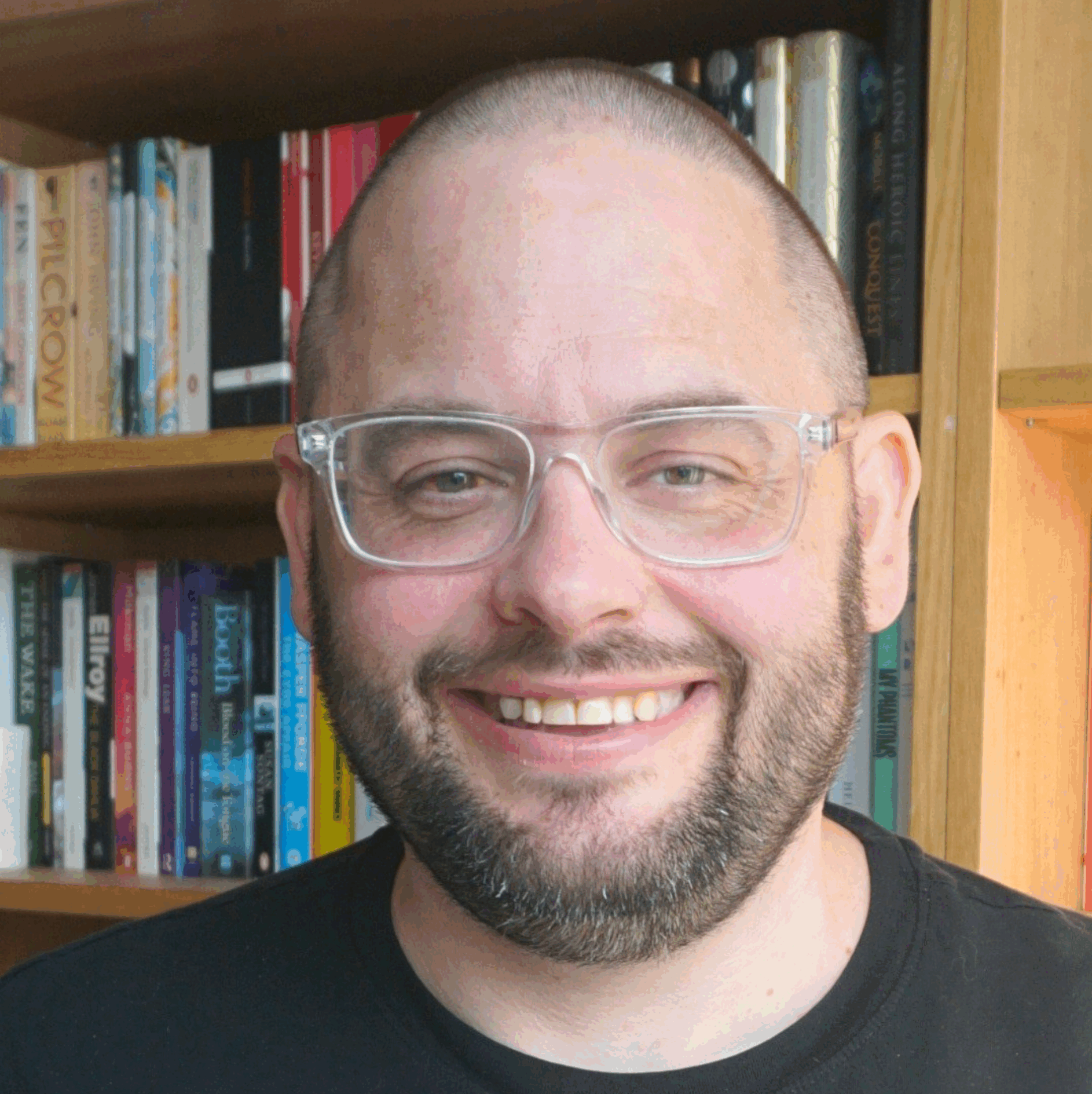Reading some of the coverage of Instagram’s change in their terms of service, you’d have thought a murder had been committed. Or maybe that the world was about to end.
A few years down what might once have been called the Web 2.0 road, well funded companies are finding that they have built their networks, grown their user bases, and now shareholders are looking for some return on their investment. We should not, therefore, be surprised that the rules are changing, that the digital ground we’ve been standing on is shifting beneath our feet.
Nothing at the end of the day is free. Somewhere down the line, somebody is paying – whether it is you with a subscription, a VC’s investment money or an advertiser taking advantage of your online data.
The cloud brings with it incredible advantages – access to your digital assets wherever you are, no matter what device you are using. The ability to share with others, to collaborate with them, to enable people to remix your work and share it on.
Thanks to the cloud – and whatever it was called before it was the cloud – we are all writers, photographers film makers, publishers, producers, networkers, community organisers. It gives us access to unimaginably large groups of people who will have an interest in what we are doing, and the tools to spark a conversation with all those people.
It also has its downsides though. As ever, there’s a tradeoff. Sometimes that tradeoff will be worthwhile. Lots of Instagram users obviously thought that it wasn’t – and that’s fine. Services and products will live and die as a result of how they manage their service, and balance the needs of the users and the needs of their balance sheet.
What’s important I think, to consider, is that part of the shift towards cloud, with all the advantages mentioned above, also is putting control over our cultural assets into the hands of corporations whose only mission is to generate a profit. Amazon is not your local library. Apple isn’t the British Museum.
There is nothing inherently wrong with this – I’m not making a political or economic point here. But if all your books aren’t in fact your own, and in fact are merely rented from Amazon on your Kindle; or those music tracks you thought were yours can be taken away from you without you being in control – then that’s a worrying thing and everyone need to approach this carefully.
Likewise with your social media content. If you don’t want your photos popping up in adverts for pile cream, then don’t put them on Instagram (or indeed probably anywhere on the internet).
So what to do? I think just be aware. When people say to you, “use this site, it’s free!”, remember that it isn’t. If you store content you created yourself online, make sure you have a copy of your own. If any of your content matters so much to you that you don’t want anyone re-using it in ways you can’t control, don’t put it on the internet.
In effect, don’t trust anyone, particularly tech startup companies, or indeed giant corporations. They won’t be around forever and they won’t always keep their word. Most of the time that’s fine, and the trade-off between control and convenience works out for everyone.
But we all have content, assets, that matter to us – and don’t entrust those to anyone you don’t know, no matter how slick their user interface.
